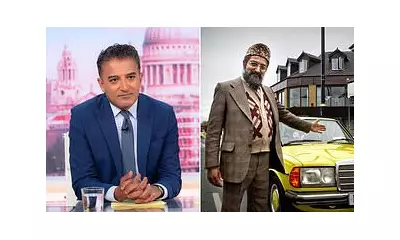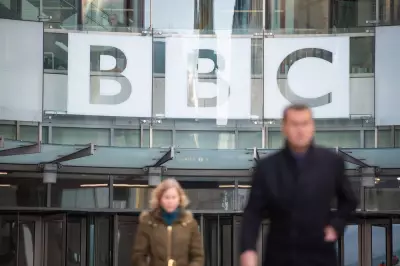
Look up at the sky on a clear day, and you'll likely see the white, wispy lines trailing behind aircraft. For most, these are simple contrails – condensation trails. But for a significant number of people, they represent something far more sinister: chemtrails, a supposed government plot involving the deliberate release of chemical or biological agents.
This theory, which has circulated since 1996, was born from a misinterpretation of a legitimate U.S. Air Force research paper on weather modification. Despite being thoroughly debunked by the scientific community, it has found fertile ground on social media platforms and within certain conservative news outlets, growing into a widespread online community of believers.
The Mainstreaming of a Fringe Theory
Recently, the chemtrails conspiracy has been boosted into the stratosphere of public discourse. Influential conservative pundit Tucker Carlson, whose podcast averages over a million viewers per episode, recently interviewed Dane Wigington, a long-time proponent of the theory. While widely mocked and discredited by fact-checkers, the interview exemplifies a spike in belief.
Although chemtrail belief spans the political spectrum, it has found a particularly receptive audience in Republican circles. High-profile figures such as U.S. Secretary of Health and Human Services Robert F. Kennedy Jr. and U.S. Rep. Marjorie Taylor Greene have publicly supported the theory. Greene has even written legislation to ban chemical weather control, with several state legislatures following suit.
The Unshakeable Logic of Conspiracy Thinking
Why does this theory persist in the face of overwhelming scientific evidence? Two key concepts explain its resilience: falsifiability and parsimony.
According to psychologist Rob Brotherton, conspiracy theories often operate on a 'heads I win, tails you lose' principle. For true believers, any evidence against chemtrails is simply proof of an elaborate cover-up. This makes the theory nonfalsifiable – it is constructed in such a way that it can never be disproven, existing in a closed loop of self-confirmation.
Furthermore, the chemtrails theory fails the test of parsimony, or Occam's razor. Is it more plausible that thousands of contrails are ice crystals from plane engines, or that a global government conspiracy involving millions of complicit individuals is secretly poisoning the population? The simpler explanation, supported by scientific consensus, is almost always the correct one.
The Psychology Behind the Belief
So, if the logic is weak and the evidence is absent, what drives people to believe? As argued by Calum Lister Matheson, Associate Professor of Communication at the University of Pittsburgh, conspiracy theories are often a psychological coping mechanism.
In a world filled with uncertainty, chaos, and terrifying natural events like hurricanes and wildfires, conspiracy theories offer a semblance of control. They replace the anxiety of randomness with a clear, albeit frightening, narrative where evil deeds have a purpose. This aversion to uncertainty might explain its popularity in certain political circles, as researchers have linked such beliefs to authoritarian tendencies.
On some level, believers would rather be targets of a grand conspiracy than face the unsettling limits of their own knowledge and power. It's a way to feel smart and heroic for 'seeing through the charade,' a psychological game that provides comfort in the face of helplessness.
The chemtrails theory, like many others, is ultimately a prideful narrative. It allows its adherents to feel powerful in a complex world. Addressing such beliefs long-term requires a societal shift towards embracing uncertainty, ambiguity, and the tools we genuinely have at our disposal: logic, evidence, and humility.





